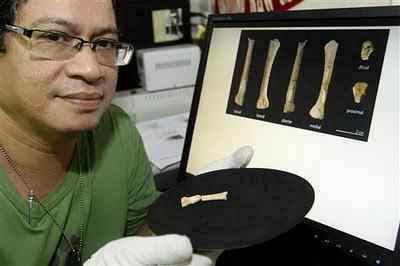Kingdom Animalia Class Mammalia Family Hominidae | Phylum Chordata Order Primates Tribe Hominini | |
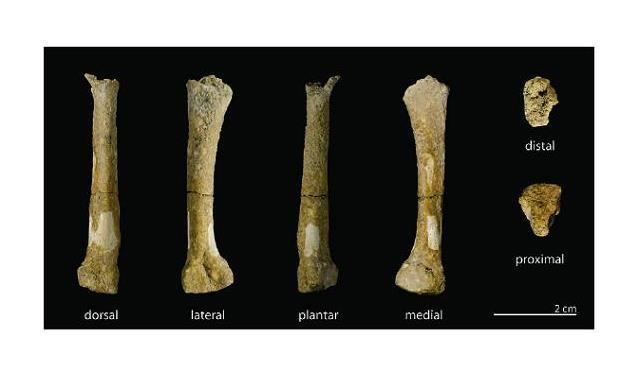 | ||
Similar Florisbad Skull, Homo gautengensis, Homo cepranensis, Penghu 1, Australopithecus bahrelghazali | ||
Sona callao man mula sa cagayan mas matanda sa tabon man ng palawan ayon sa ilang researchers
Callao man (Ilocano: Tao ti Callao; Filipino: Taong Callao) refers to fossilized remains discovered in Callao Cave, Peñablanca, Cagayan, Philippines in 2007 by Armand Salvador Mijares. Specifically, the find consisted of a single 61-millimeter metatarsal which, when dated using uranium series ablation, was found to be about 67,000 years old.
Contents
- Sona callao man mula sa cagayan mas matanda sa tabon man ng palawan ayon sa ilang researchers
- Description
- References
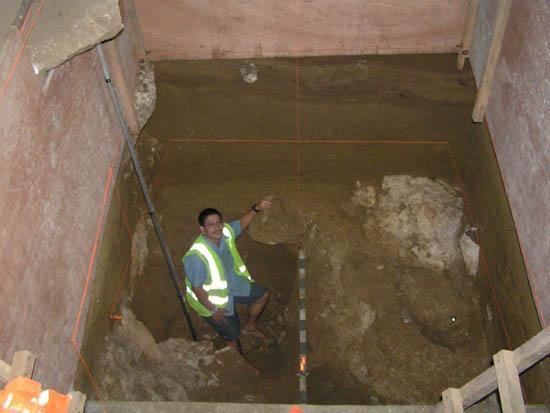
As of July 2010, the biological classification of Callao Man is uncertain. The metatarsal bone discovered (Right MT3 — the small bone from the end of the middle toe of the right foot) has been identified as coming from a species of genus Homo, but the exact species classification is uncertain. It has been speculated that Callao Man may be Homo sapiens or Homo floresiensis, though the latter is sometimes considered a pathological specimen of the former. Distinguishing between the two species would require material from the skull or mandible. As of 2012, the team that discovered the bone were seeking permission to search for more bones in the area.

Description
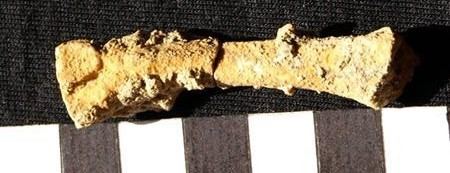
Although the initial theory of human migration to the Philippines proposed the use of land bridges during the last ice age, modern bathymetric readings of the Mindoro Strait and Sibutu Passage suggest that neither would have been fully closed. Therefore, the theory at present is that Callao Man and his contemporaries in Luzon arrived from Sundaland by raft. The timing of Callao Man is very roughly contemporaneous with that during which other Sundalanders are known to have travelled across the more extensive Wallace Line to begin the settlement of New Guinea and Australia.
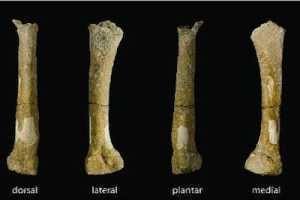
Butchered animal remains were also found in the same layer of sediment, which indicates that the Callao Man had a degree of knowledge in the use of tools, although no stone tools were found. The bones of the animals were from deer (Cervus mariannus), pigs, and an extinct type of cattle. The lack of stone tools could be explained by the use of organic tools such as bamboo.
